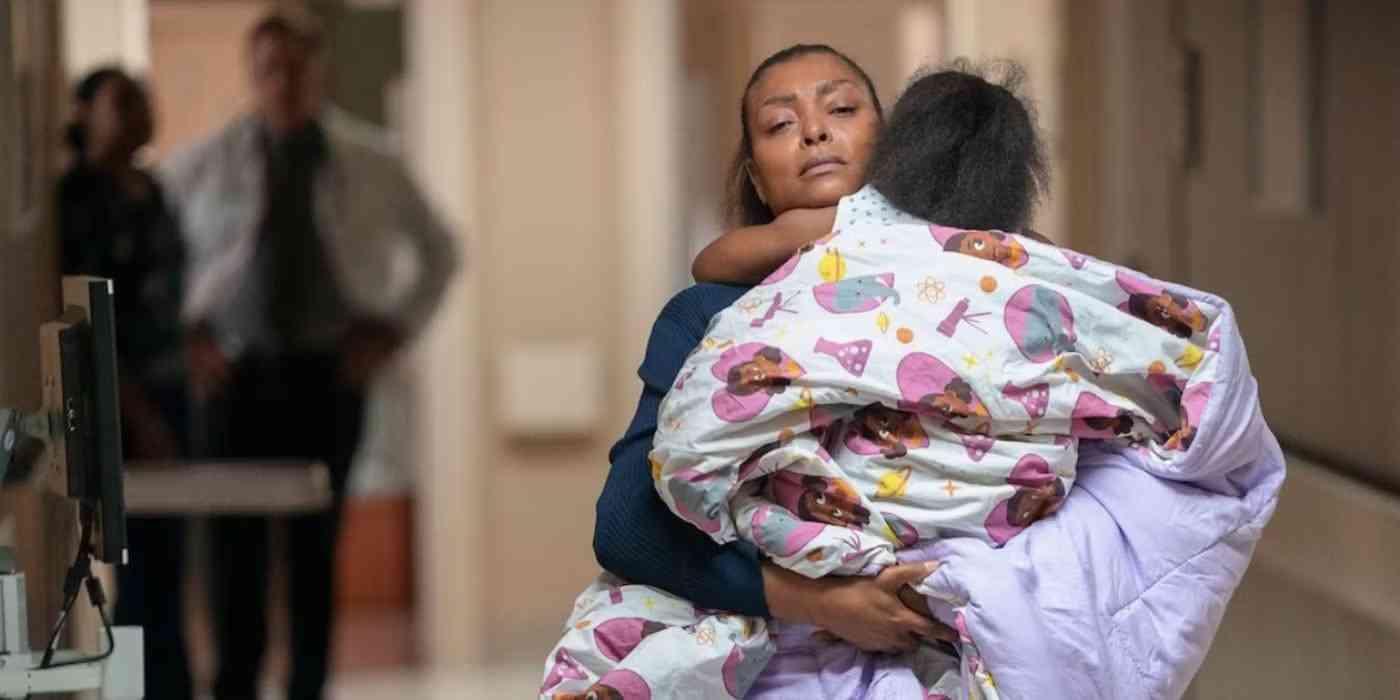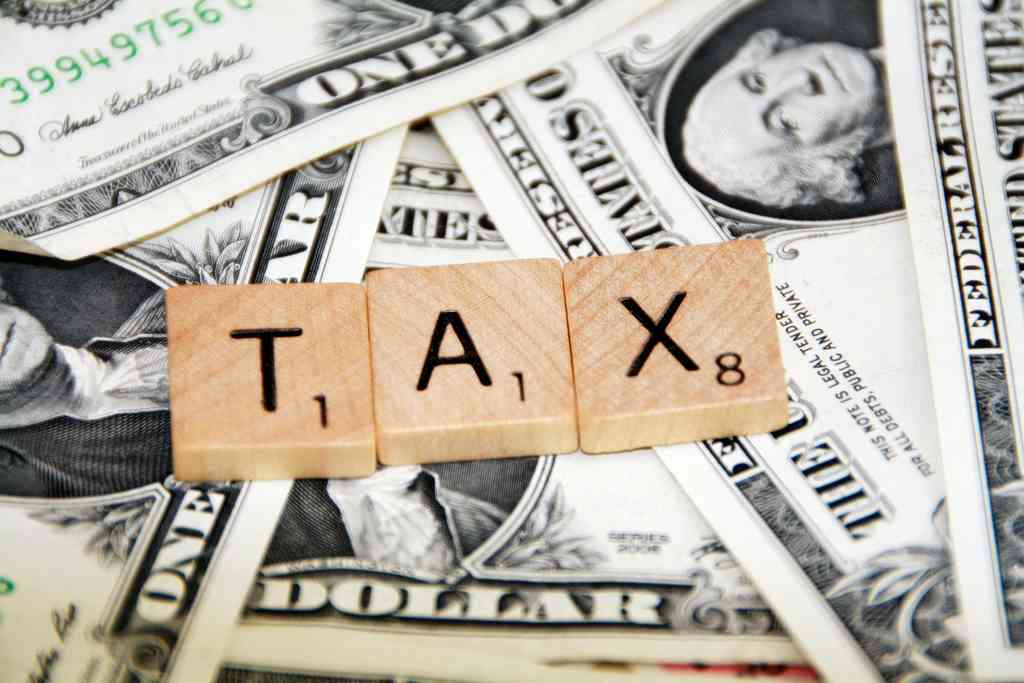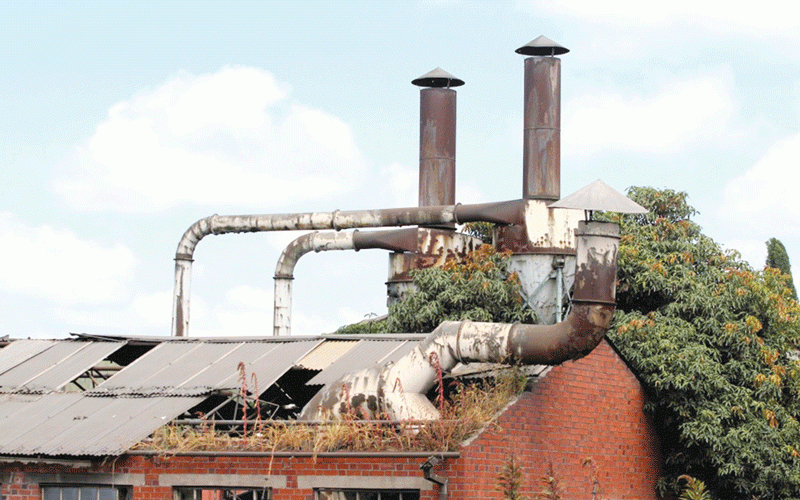
TWO weeks ago, I watched Tyler Perry’s movie Straw on Netflix. It generated a lot of debate on why Perry is always characterising black women struggling.
It is a truth hidden in plain sight. Perry is right. Poverty throughout the world tends to be black and it has a female face.
In Straw, the portrayal was that of a struggling black single woman. But from where I am sitting, poverty is so feminised to the extent that even black women in marriages, with a husband as supposedly being the head of household (HOH), those married women’s outcomes are those of a single black women.
I am saying that poverty, which is widespread and common for most black women, does not discriminate along marital status. Many married black women fend for themselves and are essentially poor in those marriages. So, if truth be told, Straw galvanised me to write this instalment on poverty.
Poverty is expensive because it extends far beyond individual hardship, subtly draining economic vitality, social cohesion and national development. By its very nature, poverty is often characterised as a lack of income or resources necessary to meet basic needs such as food, shelter, education and healthcare.
However, beyond the obvious hardships, poverty is also extraordinarily costly, not only for individuals and families but also for societies and economies at large. The costs of poverty extend into various domains including health, education, productivity, social stability and economic development.
Comprehending the multi-faceted expenses associated with poverty, reveals why addressing it is not merely a moral imperative but an economic necessity. Understanding the costs of poverty through concrete examples and policies, provides a clearer view of why investing in poverty alleviation is not just merely a compassionate cause, but economically prudent as well.
Hidden costs of poor health
- Fruity lessons
- Poverty is expensive: In-depth analysis
Keep Reading
One of the most prominent ways poverty becomes expensive is through its impact on health. People living in poverty often face barriers to accessing adequate medical care, leading to higher incidences of preventable diseases, complications and chronic conditions. These health issues impose significant financial burdens.
Example
Consider a family in a low-income neighbourhood where residents lack basic medical aid and cannot afford regular doctor visits. When a family member contracts a treatable illness, such as pneumonia, they may delay seeking care due to cost concerns.
The illness worsens, requiring emergency hospitalisation, which is far more expensive than early treatment. The family will eventually end up incurring debts to pay for the hospitalisation or lose income due to inability to work of the breadwinner, further entrenching their poverty.
The long-term effects are equally costly. Poor nutrition, insufficient healthcare and exposure to unsafe living conditions can lead to lifelong health problems, reducing individuals’ ability to work, learn and contribute economically.
For instance, children growing up in impoverished environments often suffer from stunted growth and developmental delays, impairing their future earning potential.
That is not all. In difficult environments, such as Zimbabwe for example, many people, who would ordinarily be classified as “lower middle class”, do not have medical aid. The cost of their treatment is falling on their already struggling family members.
This scenario is a double jeopardy one, where in a country pregnant with economic hardships, the ill health of one family member can jeopardise progress for the rest of the family members.
Economic perspective
The World Health Organisation (WHO) estimates that for every dollar spent on preventive health measures, economies save multiple dollars in treatment costs and productivity losses down the line.
Conversely, neglecting health needs in impoverished populations results in higher healthcare costs and lost human capital, which depresses economic growth.
The World Bank estimates that tuberculosis (TB), which remains one of the deadliest diseases disproportionately affecting impoverished populations, results in billions of dollars in lost productivity annually in Africa alone.
Treatment, which requires lengthy courses of antibiotics, imposes direct costs on families, often unaffordable, leading to delayed or incomplete treatment. Untreated TB, on the other, hand causes ongoing transmission, increasing health costs and productivity loss.
Education, opportunity costs
Education is a critical pathway out of poverty, yet children from poor families often have limited access to quality schooling. The lack of education leads to a cycle where individuals are less equipped to secure well-paying jobs, perpetuating poverty across generations.
Example
Imagine a girl named Maita living in a rural village where schools are poorly resourced and families cannot afford school fees or uniforms. Then there is the added burden of menstrual period poverty, where her family cannot afford to buy pads for her.
So, for five days every month of school, Maita misses school because of a natural condition, her menstrual cycle. Eventually Maita is forced to leave school early, in order to assist with household chores or work in the fields.
As a result, Maita’s literacy and numeracy skills remain limited, reducing her chances of obtaining stable employment as an adult. Her potential earnings are significantly lower than those of her peers who complete higher education.
Opportunity costs
Parents may also forgo investing in their children’s education because they need them to work as they cannot afford to hire outside labour or because they cannot afford school-related expenses. This diminishes the future earning potential of the next generation, creating a persistent cycle of poverty.
Case study: The “girl Effect”
In Bangladesh, programmes targeting female education have demonstrated profound economic benefits.
When girls are kept in school longer, their future earnings increase and they tend to invest in their children’s health and education, creating a virtuous cycle.
Cost of inaction: Without education, women are more likely to remain in poverty, with limited earning potential. Child marriage which is increasingly becoming rife in Zimbabwe, early pregnancy and lack of employment opportunities persist, trapping families in poverty.
Policy intervention: The BRAC (Bangladesh Rural Advancement Committee) programme subsidised school fees and provided stipends for girls, resulting in increased enrolment rates. Long-term data for Bangladesh reveal a rise in household incomes and improved health outcomes.
Economic argument
The economic cost of this one solitary example is substantial. Countries lose a significant portion of their human capital when children do not receive proper and adequate education.
According to Unesco, each additional year of schooling increases an individual’s earnings by about 10 to 20%, which translates into billions of dollars in lost productivity when large segments of the population remain illiterate or under-educated. This scenario, reduces the need for costly social welfare programmes later.
Cost of poor living conditions
Inadequate housing and sanitation are both consequences and causes of poverty and they carry significant costs. Poor housing often means exposure to dampness, mould, unsafe structures and lack of basic amenities such as clean water and sanitation facilities.
Example
A family living in an overcrowded, dilapidated shelter with no access to clean water faces higher risks of infectious diseases such as diarrhoea, cholera or respiratory infections. Treating these illnesses requires medical attention and medication, which can be costly and lead to lost income if family members cannot work.
In addition, poor sanitation contributes to the spread of disease, impacting entire communities. As if that is not enough, substandard housing has long-term health consequences. For example, exposure to mould and poor ventilation exacerbates asthma and other respiratory conditions, leading to chronic health issues that diminish quality of life and productivity.
Economic impact
Research indicates that poor housing costs societies billions annually in healthcare expenses and lost productivity. Investment in affordable, quality housing reduces these costs and promotes healthier, more productive populations.
Cycle of poverty, economic drain
Poverty is self-perpetuating because the costs associated with it hinder upward mobility. Limited access to credit, social services and economic opportunities means that poor individuals often resort to high-interest loans, informal moneylenders or other predatory financial practices.
Example
Consider a small-scale farmer Dadi who needs to buy seeds and fertiliser, but has no access to formal banking. She borrows money from a local informal lender charging exorbitant interest rates.
When the harvest is poor, she struggles to repay the loan, often losing her movable property or incurring further debt. This cycle traps Dadi and her family in poverty, preventing investment in better tools, education or diversification of income sources.
The societal cost here includes increased inequality, reduced economic growth and a strain on social safety nets. The government and community bear the expense of social welfare programmes, healthcare and legal systems dealing with the consequences of poverty-driven crises.
Social, political instability
Poverty fuels social unrest and political instability, which are costly for nations. When large segments of the population feel excluded from economic opportunities or are subjected to systemic marginalisation, tensions escalate into protests, violence or even insurgencies.
Example
In some countries, high levels of poverty correlate with increased crime rates as individuals turn to theft or illicit activities for survival. South Africa is a case in point. This, in turn, leads to higher law enforcement and judicial costs, reduced foreign investment and a decline in tourism and the general quality of life. These factors collectively depress economic growth and escalate governmental expenses.
Furthermore, persistent poverty tends to undermine social cohesion, strain public institutions and impede development projects, making economic progress more expensive and difficult to sustain.
The cost to govt and taxpayers
Addressing the consequences of poverty is costly for governments. Healthcare costs for treating preventable diseases, social welfare programmes, subsidised housing and educational support all require significant public expenditure.
Example
In many developing countries, governments allocate a disproportionate share of their budgets to healthcare and social safety nets to mitigate the impacts of poverty. For instance, in sub-Saharan Africa, governments often spend more on emergency health interventions than on preventative infrastructure.
These expenditures could be reduced if poverty were addressed upstream through investments in education, healthcare and economic development.
Economic perspective
Investments in poverty alleviation, such as improving healthcare, expanding access to education, and developing infrastructure, are cost-effective strategies that reduce long-term expenses.
The World Bank estimates that every dollar invested in poverty reduction yields multiple dollars in economic benefits.
The global cost of poverty
Poverty is not just a local issue, it has global repercussions. Poverty hampers international development, increases reliance on aid and perpetuates global inequalities. It also contributes to issues like mass migration, refugee crises, and environmental degradation.
Example
Refugee crises stemming from conflict and economic hardship often originate in impoverished regions. These crises require massive international aid, military intervention, and resettlement efforts, which are expensive for donor countries.
Moreover, environmental degradation caused by poverty-driven deforestation or overuse of resources leads to costly climate change mitigation efforts worldwide.
During the First Republic, Zimbabwe invested heavily on education. As the economic realities started biting, there was an exodus of both educated and uneducated Zimbabweans to countries far and near.
Essentially, Zimbabwe lost its investment in education to other countries now milking that investment by accepting Zimbabwean immigrants.
Conclusion
The costs associated with poverty are extensive, touching every aspect of individual well-being and national prosperity. The health, education, housing and social stability costs mount rapidly, creating a burden that is far more expensive than proactive investment in poverty reduction.
Addressing poverty through comprehensive policies — improving healthcare access, investing in education, providing affordable housing and fostering economic opportunities — yields substantial economic returns. It reduces future costs, enhances productivity and fosters sustainable development. In the final analysis, poverty is expensive not only for those directly affected but for society as a whole. Tackling it head-on is both a moral obligation and an economic strategy that benefits everyone in the long run.
- Ndoro-Mkombachoto is a former academic and banker. She has consulted widely in strategy, entrepreneurship and private sector development for organisations that include Seed Co Africa, Hwange Colliery, RBZ/CGC, Standard Bank of South Africa, Home Loans, IFC/World Bank, UNDP, USAid, Danida, Cida, Kellogg Foundation, among others, as a writer, property investor, developer and manager. — @HeartfeltwithGloria/ +263 772 236 341.











